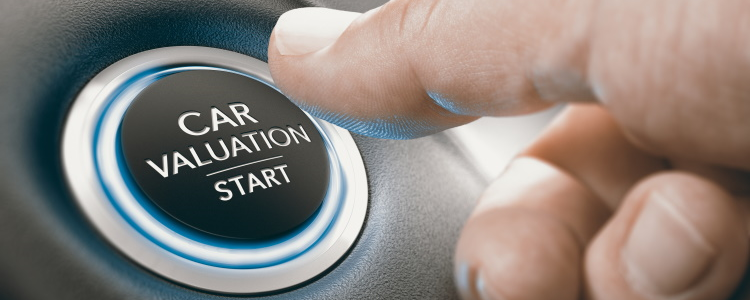If you have bad credit, you’re going to need a down payment to qualify for your next auto loan. But, if you have an equity trade-in, you might not need to put any cash down!
Benefits of Down Payments on Car Loans
Having money to put down on any large purchase has many benefits, especially if you have credit issues. If you’re working with a bad credit auto lender, or subprime lender, you’re going to need to put some money down to be considered for loan approval.
Even if you’re not a bad credit borrower, having a down payment means a lower monthly payment, paying less in interest charges, and even widening your vehicle options. With a large enough down payment, you may be able to get into a nicer, newer car with a payment you can afford.
With a down payment, you’re lowering the amount you have to finance – simple as that. If you can only get approved for a $10,000 loan, but you want a vehicle that’s $13,000, putting down $3,000 can solve this issue. You may only be approved for 10K, but you can certainly add however much cash you need to help get the car you’re looking for.
However, bad credit auto lenders require a down payment to see that you’re committed to completing the loan. Since they don’t just use your credit score to gauge your ability to pay, they require proof that you're invested in the vehicle and the loan.
How Much Money Down Do I Need?
 Typically, subprime lenders require borrowers to have a down payment of at least $1,000 or 10% of the car’s selling price, sometimes whichever is less. The amount you’re going to need to put down is largely dependent on your credit situation, the lender you’re working with, the vehicle you choose, and the monthly payment you qualify for.
Typically, subprime lenders require borrowers to have a down payment of at least $1,000 or 10% of the car’s selling price, sometimes whichever is less. The amount you’re going to need to put down is largely dependent on your credit situation, the lender you’re working with, the vehicle you choose, and the monthly payment you qualify for.
Thankfully, a down payment doesn’t have to be a big wad of cash – it can be a car with equity! If you have a vehicle that you’ve already paid off, you can use its entire trade-in value to put toward your next auto loan. If you’re still financing your current car and it has equity, you can use that to help meet a down payment requirement.
How Much Is My Trade-In Worth?
You don’t have to walk into a dealership blind. You can estimate your car’s actual cash value (ACV) using online valuation services such as NADAguides and Kelley Blue Book.
It's important to note that using online valuation services only provides a quick estimate. The real ACV of your trade-in is going to be determined by the dealer. However, getting an estimate can help you determine if your trade-in has any equity. If you’re still paying off the vehicle you intend to trade in, you can compare the loan balance and the estimated ACV from the valuation sites.
If you owe less on the car than it's ACV, this means you may have equity. The difference between the ACV and your loan balance is the amount you might be able to put toward your bad credit auto loan.
If the opposite is true, you may have negative equity. A vehicle in a negative equity position won’t help you meet the down payment requirement of subprime lenders. When you’re upside down on your car loan and you sell a vehicle, the amount you’re likely to get from the buyer may not cover the whole loan balance. To sell a vehicle that has negative equity, the entire loan balance needs to be paid to the lender for the lien to be removed. Then, the title can be transferred to the new owner or dealership.
Ready to Find a Dealer?
Once you’re prepared with a down payment, trade-in, or a combination of both, finding a dealer that has bad credit lending options is your next step. Not all dealerships have special finance departments that work with subprime lenders, but we can tell the difference.
At Auto Credit Express, we’re teamed up with dealers all over the country that work with bad credit borrowers. To get matched to a dealership near you, simply complete our free and secure auto loan request form, and we’ll get to work for you!
















